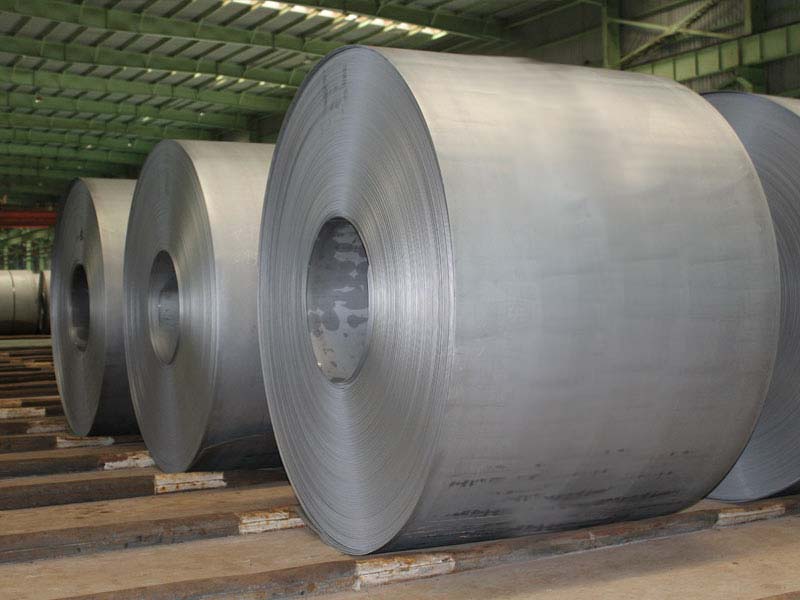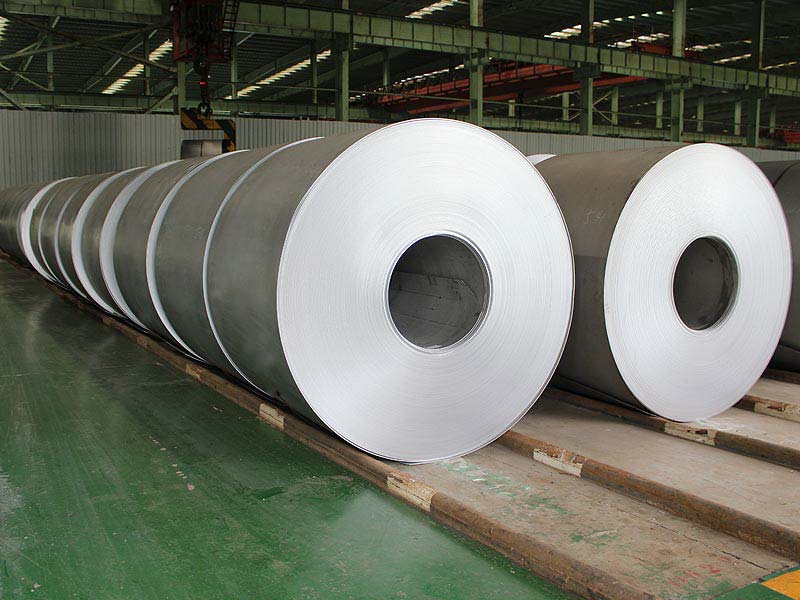The main processes of hot-rolled pickling include laser welding, stretch straightening, turbulent pickling, on-line leveling, trimming, and online oiling. The actual use of hot-rolled pickled plates greatly reduces the cost of use. Using pickling plates instead of cold-rolled plates can save the company money. Hot-rolled pickling plate Compared with the ordinary hot-rolled plate, the hot-rolled pickling plate removes the surface oxide scale, improves the surface quality of the steel, and facilitates welding, oiling, and painting. At the same time, after the flattening and trimming after pickling, the dimensional precision is high, and the plate shape can be changed to some extent, and it is more even and suitable for practical use. In addition, the hot-rolled pickling plate improves the surface smoothness of the original hot-rolled coil and enhances the appearance effect.
Hot-rolled pickling plates can be used in a variety of industries:
(1) Automotive industry: The main uses of hot-rolled pickling in the automotive industry are as follows: Automotive chassis systems, including girders, subframes, etc. Wheels, including rims, wheels, etc. Driving interior board. Cabin board, mainly the bottom plate of various trucks. Other stamping parts, including some bumper bumpers, brake linings, etc.
(2) Machinery industry: (Excluding automobiles) Mainly include textile machinery, mining machinery, fans and some general machinery.
(3) Light industrial appliances: Household appliances are mainly used for the manufacture of compressor housings, brackets, and water heater liners. Chemical oil barrels.
(4) Others: highway guardrails, bicycle parts, various welded pipes, supermarket shelves, warehouse shelves, electrical cabinets, fences, iron ladders, and stampings of various shapes.




